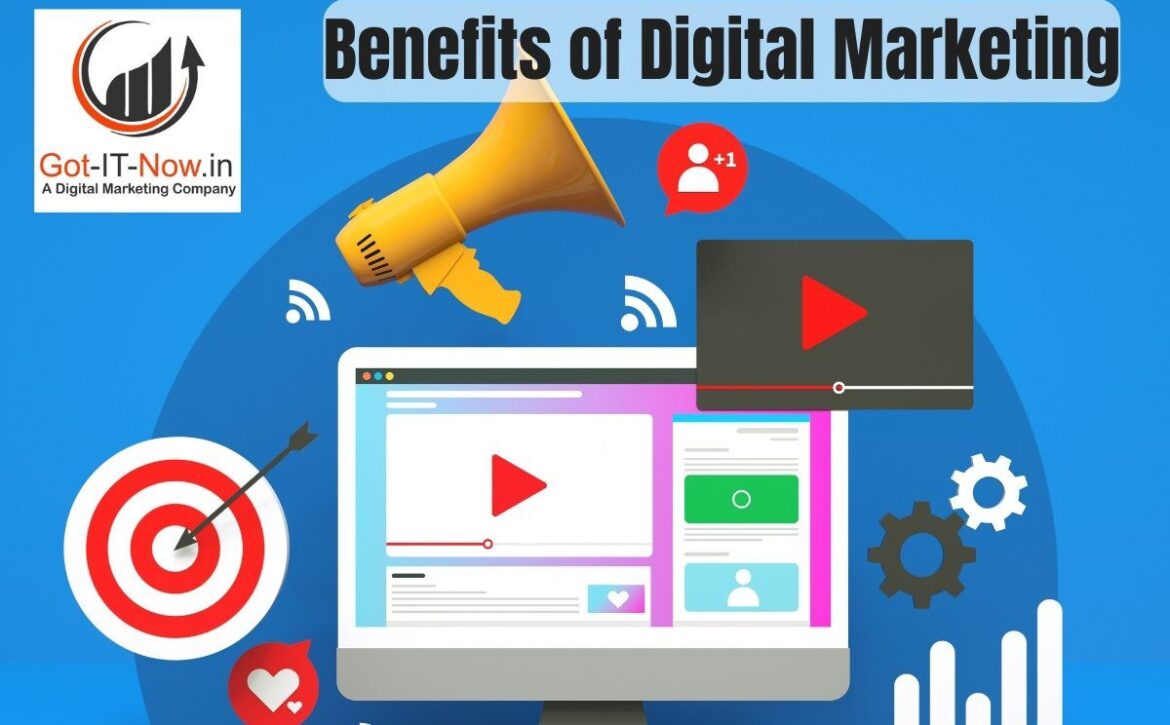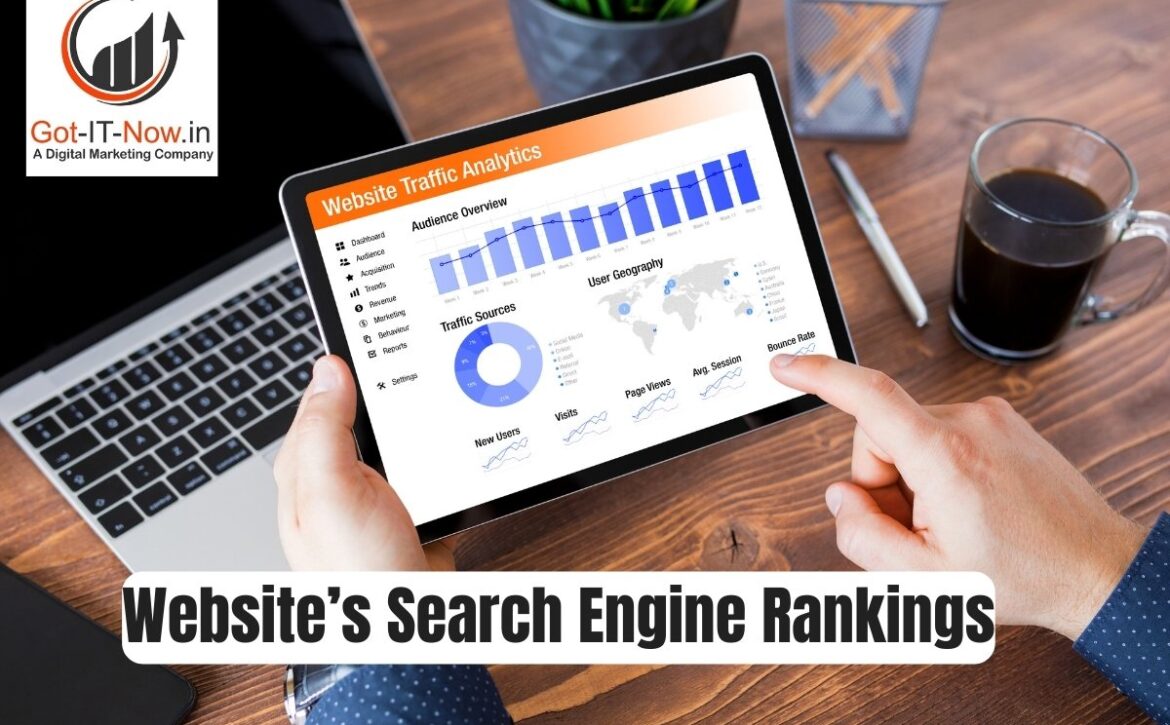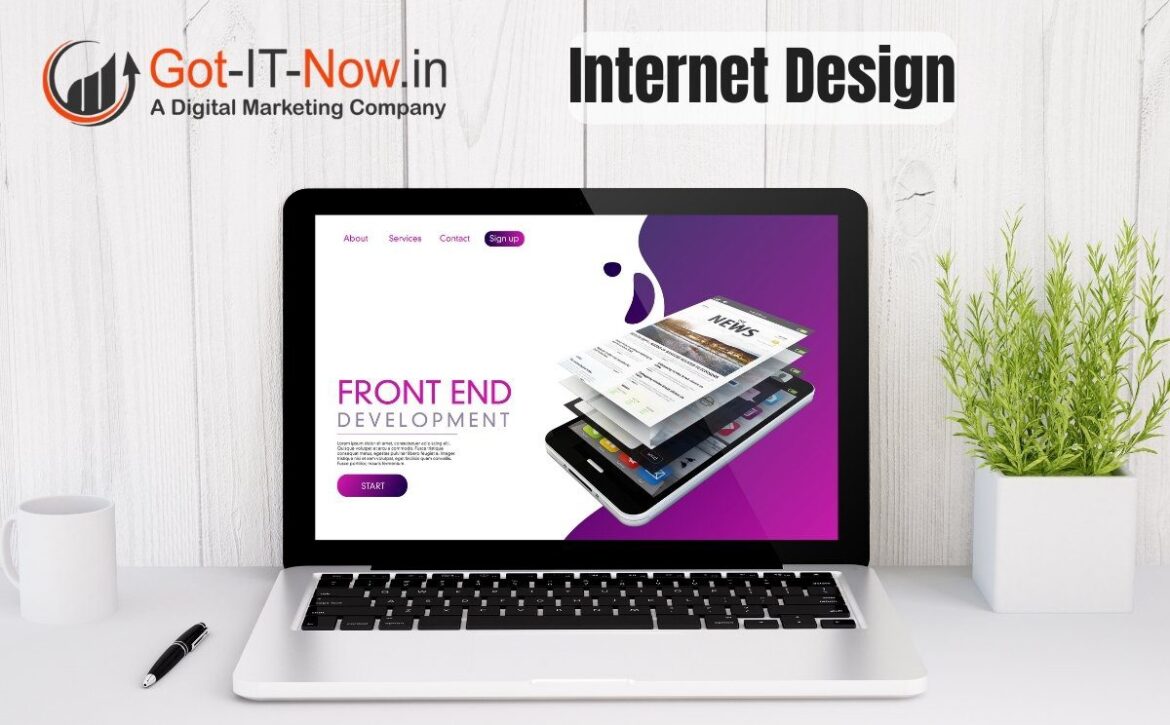Benefits of Digital Marketing
Benefits of Digital Marketing
Digital marketing is one of the most efficient and effective ways to connect with your audience and promote your product or service. In today’s digital age, nearly everyone is online and accessible through a variety of devices. This makes it easier than ever to reach your target market and get your message out there. There are many benefits of using digital marketing, including the ability to track results, target specific markets, and get your message out quickly and easily. If you’re not using digital marketing in your business, you’re missing out on a great opportunity to connect with your customers and grow your business.
Brand Management
As the world becomes more and more digital, businesses are starting to understand the importance of digital marketing. However, with so many different channels and strategies, it can be difficult to know where to start. That’s where brand management comes in.
Brand management is the process of creating and maintaining a strong, consistent brand identity. This is important because it helps customers and clients recognize and remember your business. It also sets you apart from your competitors.
There are many benefits to having a strong brand identity. For one, it can help increase brand awareness and loyalty. It can also lead to higher sales and more repeat business. Additionally, it can help build trust and credibility with potential customers.
If you’re looking to improve your digital marketing strategy, consider investing in brand management. It’s an essential part of building a successful online presence.
Lead Generation
Digital marketing is an essential tool for any business looking to generate leads and grow their customer base. There are many benefits of digital marketing, including the ability to reach a wider audience, increase brand awareness, and improve lead generation.
Digital marketing allows businesses to reach a larger audience than they would through traditional marketing channels. This is because digital marketing platforms like search engines and social media allow businesses to target their advertising to users who are most likely to be interested in their products or services. Additionally, digital marketing can be used to build brand awareness among potential customers who may not be familiar with your business.
Lead generation is one of the most important benefits of digital marketing. By using effective lead generation strategies, businesses can attract more potential customers to their website and convert them into leads. Lead generation can help businesses grow their customer base and increase sales.
Digital Marketing Services
Digital marketing services can help businesses of all sizes reach a larger audience and promote their products or services. By using digital channels such as search engines, social media, email, and websites, businesses can connect with more people in a cost-effective way.
Some digital marketing services include Search Engine Optimization (SEO), which helps businesses improve their ranking in search results; Social Media Marketing (SMM), which helps businesses promote their products or services on social media platforms; and Email Marketing, which allows businesses to send messages directly to customers through email.
Digital marketing can be an effective way to reach out to new customers and grow your business. If you are interested in learning more about digital marketing services, contact a reputable provider today.
SEO services at affordable cost
One of the benefits of digital marketing is that it is relatively affordable to implement. This is in part because there are many free or low-cost tools and resources available to help with implementation. Additionally, once a digital marketing campaign is up and running, it requires less ongoing maintenance than other marketing channels such as print or television.
Digital marketing can be an extremely effective way to reach out to potential customers and grow your business. However, it’s important to remember that success does not come overnight – a solid digital marketing strategy takes time, effort and dedication to achieve results.
If you’re looking for affordable SEO services that can help take your business to the next level, contact us today. We offer a range of services designed to improve your visibility online and help you attract more leads and sales. Get in touch now to find out more.
Website Design and Development services
As the world continues to digitize, businesses must also digitize in order to remain competitive. This means having a website that is not only aesthetically pleasing but also functional and informative. Website design and development services help businesses create such websites. Below are some benefits of these services:
-A well-designed website can help build trust with potential customers and partners.
-A well-developed website can improve your search engine ranking, making it easier for people to find you online.
-Website design and development services can help you create a website that is responsive, meaning it can be easily viewed on any device.
-You can use your website as a platform to provide information about your products or services, as well as offer customers a way to purchase them online.
-A well-run website can provide valuable insights about your customers through analytical tools, which can help you better target your marketing efforts.
Website Migration, Management and Hosting
There are many benefits to digitally marketing your business. One of the most important is website migration, management, and hosting. By hiring a company that specializes in these services, you can ensure that your website will be running smoothly and efficiently. Additionally, you’ll be able to focus on other aspects of your business, such as content creation and customer acquisition.







